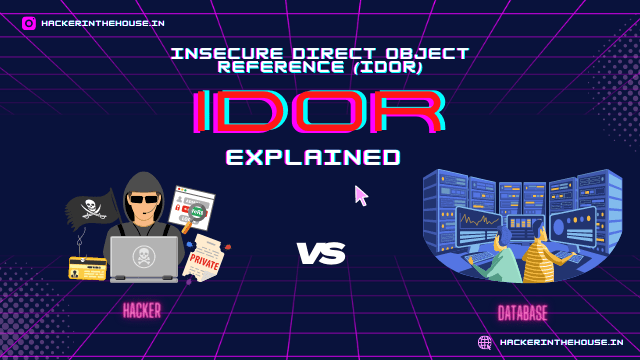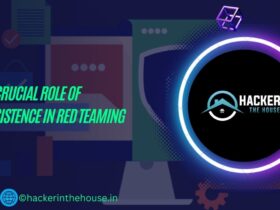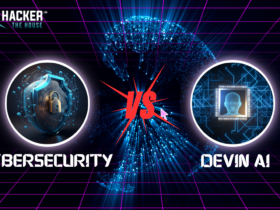Hey guys this is TheToySec and back again with another Post. In this post we will discuss about Security Governance, It’s frameworks and it’s challenges.
Security Governance
Security Governance is a process which maps or which creates security objectives with business objectives by creating a framework which defines our Risk, Compliances and Decision taking abilities.
So what is Risk?
It is nothing but when something can goes wrong against the policies or business objectives and if it’ll affect negatively, then it can be considered as Risk.
Basically, in Business Risk can be positive and as well as negative, so it depends upon the situations, but in security Risk is always negative and Risk can’t be zero in security.
Components of Security Governance:
Strategy: Across security goals, business goals, financial goals, and compliance need. A company should have a strategy in place. This strategy should align of these priorities into a shared set of practices and policies.
Implementation: Strategy isn’t value a lot of without proper execution. An enterprise or company or organization should secure funding and support for business leadership to devote resources to properly deploying security needs aligned with governance ways.
Operation: Once implemented, a security infrastructure needs continuous operational support. This includes direct management of compliance, project alignment, and risk.
Monitoring: Success, failure, and improvement measurement these aspects of a security strategy needs regular monitoring and measurement for analytics and reporting.
Security Governance Framework
To help enterprises or organizations implements security government strategies without reinventing the wheel, professional organizations have developed frameworks to support the rapid and effective deployment of security governance infrastructure.
One of the most well-known (and influential) frameworks available is the Cybersecurity Framework, developed by the National Institute of Standards and Technology (NIST). This framework guides mobilizing business priorities to drive security and risk management. This guidance is structured around five Core Functions:
Identify: An organization must develop the ability to identify critical resources, people, assets, information, and capabilities related to implementing and maintaining IT security. This includes understanding the business contexts of these resources.
Protect: An organization should implement the proper controls to protect identified assets and limit the impact of security issues related to these assets should a breach occur.
Detect: An organization should deploy resources, including scanning and monitoring tools, to detect cybersecurity events as they occur.
Respond: An organization must have the ability to respond to security events after they occur, including efforts to mitigate breaches, remediate issues, and address security failures.
Recover: An organization should use security events, compliance requirements, and business goals to develop recovery and resiliency plans, including regular backups and hot/cold restoration for continuity.
Benefits
Effective Security: A comprehensive and well defined security governance policy can bring together business and security goals in a way that disorganized security approaches simply cannot match. Frameworks can further help organizations hit the ground running with comprehensive approaches to security that will help them meet their goals.
Uniform Application of Compliance Requirements: Compliance is a critical part of doing business in most industries. Adherence to regulations, however, if one part of a system is noncompliant, then the whole organization can be leads to penalty or potential breach. Security governance policies can simplified compliance practices across technical, administrative, and physical systems.
Common Language for Security: It doesn’t help when security experts are silenced into their own enclaves. An organization can create a common vocabulary understandable across the enterprise with a robust policy framework.
Simplified Technology: Once security and compliance requirements are mobilized in policy, it becomes quite easy to define the proper platforms the organization should use for business operations like customer relationship management, secure file transfer, document management, secure email and so on.
Challenges
Lacks of consent in Management: Not all business leaders, especially those running small to medium sized businesses or growing enterprises, understand the value of cohesive cybersecurity. Yet, some may look to cut corners in areas where they have yet to feel a negative impact like cybersecurity. Lacks of consent can make it impossible to pull together the people and resources needed to implement security governance policies.
Lacks of Personnel: Conceiving and implementing security governance requires expertise and continued maintenance. As such, organizations without critical personnel, including security and compliance officers, will struggle with their policy implementation.
Inability to Measure Success: Without proper metrics and analytics. It isn’t easy to measure how or even if a security governance policy or framework is making a difference. Because this kind of infrastructure is an expenditure above and beyond immediate security measures. Many enterprises may not have the capabilities to launch full-scale monitoring tools, which can slow down policy rollout.
If you really like this post then give your reaction and don’t forget to share with others. Till then we will meet again on another interesting topic.
Thank you for reading this and have a nice stay there!











Leave a Reply